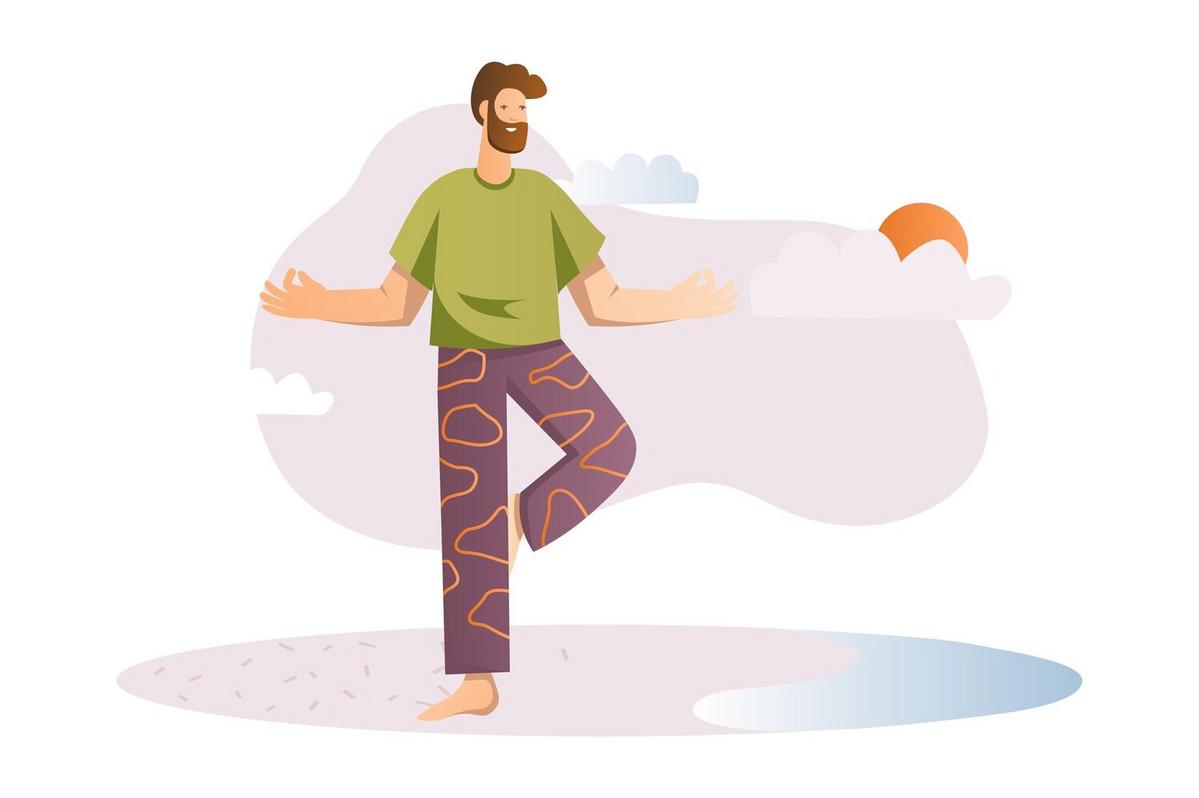
Managing Anxiety Through Regular Exercise
Amidst our daily challenges, maintaining mental well-being is crucial, and regular exercise emerges as a powerful ally in managing anxiety.
Understanding the Connection Between Exercise and Anxiety
Exercise is more than just a tool for physical health; it’s a cornerstone of mental well-being. Engaging in physical activity can significantly reduce symptoms of anxiety, thanks to the release of endorphins, the body’s natural mood lifters. Dr. Michael Otto, a professor of psychology, notes that exercise can be a potent way to improve mood and reduce anxiety. Research from the Anxiety and Depression Association of America suggests that regular physical activity can decrease tension, elevate and stabilize mood, and improve sleep and self-esteem.
Benefits Backed by Research
Studies have shown that people who engage in regular physical activity experience lower levels of anxiety and depression. According to a study published in the Journal of Clinical Psychiatry, consistent exercise can reduce anxiety symptoms by up to 20%. These findings highlight the importance of incorporating exercise into daily routines as a strategy for managing anxiety.
Personal Stories: Finding Relief in Movement
Take the example of Tom, a busy professional who turned to jogging as a way to cope with work-related stress. He found that the rhythmic movement and focus required by running provided a welcome distraction from anxious thoughts, leading to a noticeable improvement in his overall well-being.
Actionable Tips for Incorporating Exercise
- Start Small: Begin with short, manageable workouts like walking or light stretching.
- Consistency is Key: Aim for at least 30 minutes of moderate exercise most days of the week.
- Choose Enjoyable Activities: Whether it’s dancing, swimming, or yoga, find an exercise you love.
- Set Realistic Goals: Gradually increase intensity and duration as your fitness improves.
Integrate mindfulness into your workouts by focusing on your breathing and the sensations in your body.
Table: Comparing Exercise Types
| Type of Exercise | Benefits for Anxiety |
|---|---|
| Aerobic | Boosts mood and reduces anxiety symptoms |
| Strength Training | Improves self-esteem and reduces anxiety |
| Yoga | Enhances relaxation and reduces stress |
| Pilates | Increases mindfulness and body awareness |
| Walking | Accessible and lowers stress levels |
| Swimming | Promotes relaxation and stress reduction |
| Dancing | Increases joy and relieves tension |
| Cycling | Improves mood and cognitive function |
Frequently Asked Questions
How often should I exercise to manage anxiety?
Aim for at least 30 minutes of moderate exercise on most days of the week to see significant benefits.
What type of exercise is best for anxiety?
Any exercise that you enjoy and can do consistently is beneficial. Aerobic exercises like jogging and swimming are particularly effective.
Can exercise replace medication for anxiety?
While exercise is a powerful tool for managing anxiety, it should not replace medication without consulting a healthcare provider.
Conclusion
Incorporating regular exercise into your routine is a practical and effective way to manage anxiety. By choosing activities you enjoy and staying consistent, you can improve your mental health and overall well-being. Remember, small steps can lead to significant changes. Start today, and embrace the positive impact exercise can have on your life.